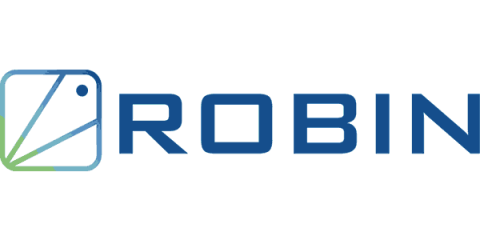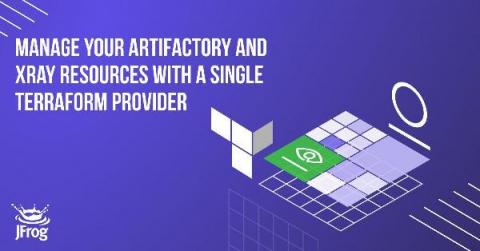A Day in the Life: James the IT Ops Guy Learns How to Connect All that Data
“Morning, mate,” I greeted Dinesh as he walked into the office. “Nice get up for the big day!” He was wearing a pressed shirt, rather than his usual hoodie. “Thought I’d make an effort, you know,” he grinned. We’d been planning intensely for this moment for the last week or so – our meeting with Charlie, the CIO, to present the results of our Moogsoft experiments and ask for permission to extend the rollout across the enterprise.











